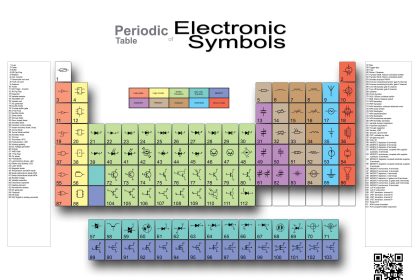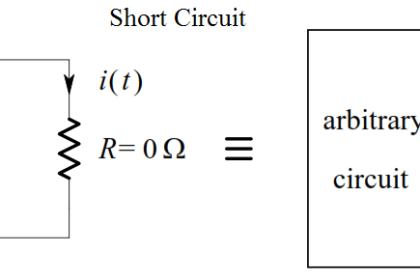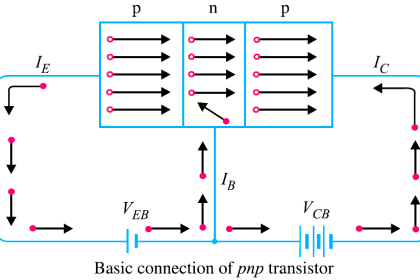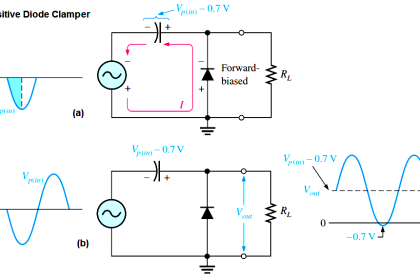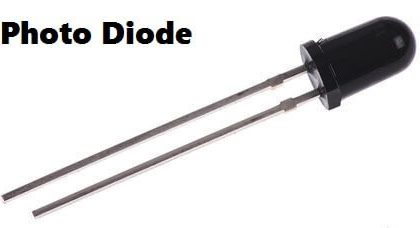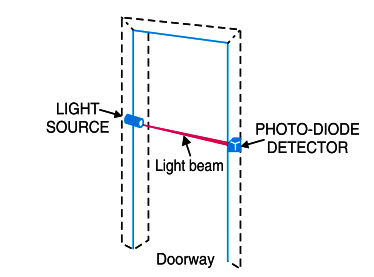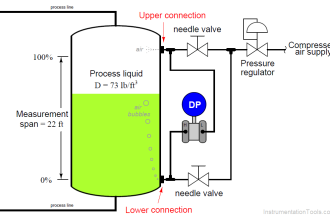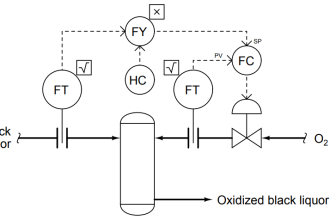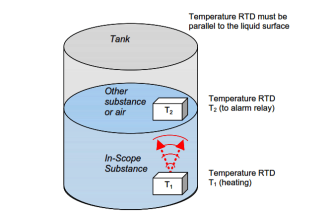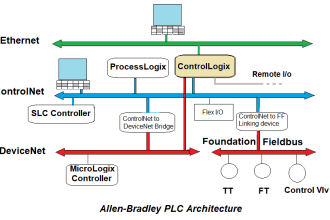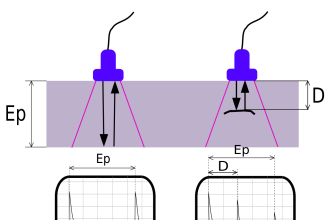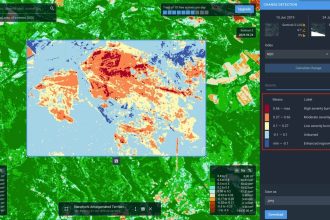The cathode ray Tube (CRT) is the heart of the C.R.O. the CRT generates the electron beam, accelerates the beam, deflects the beam and also has a screen where beam becomes visible as a spot.
The main parts of the CRT are:
- Electron Gun
- Deflection system
- Fluorescent screen
- Glass tube or envelope
- Base
A schematic diagram of CRT, showing its structure and main components is shown in the figure below.
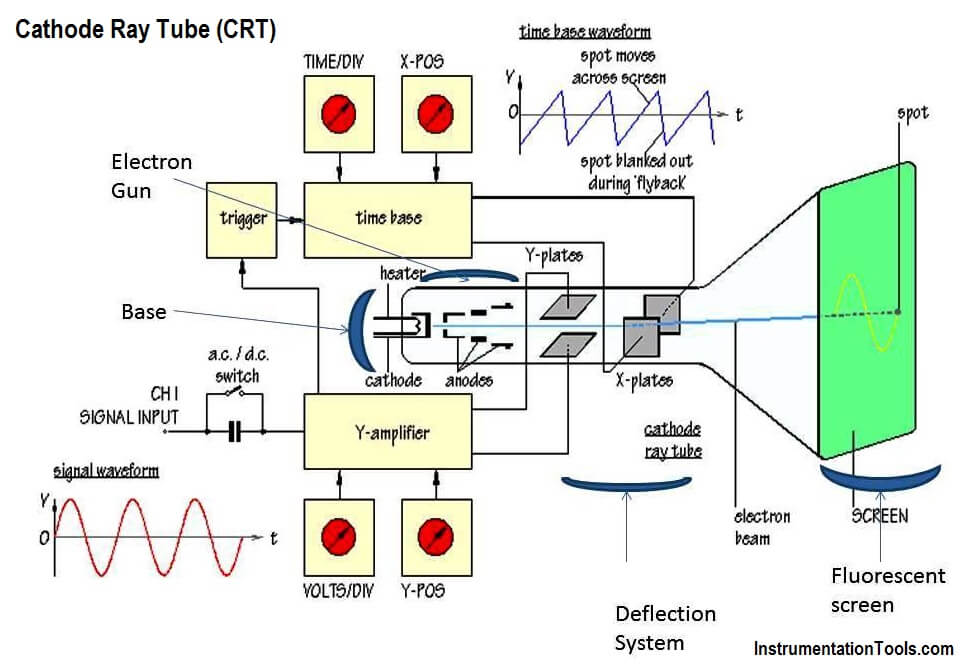
Since I want to explain each and every parts of the CRT in detail, I will split this topic into 3 parts.
